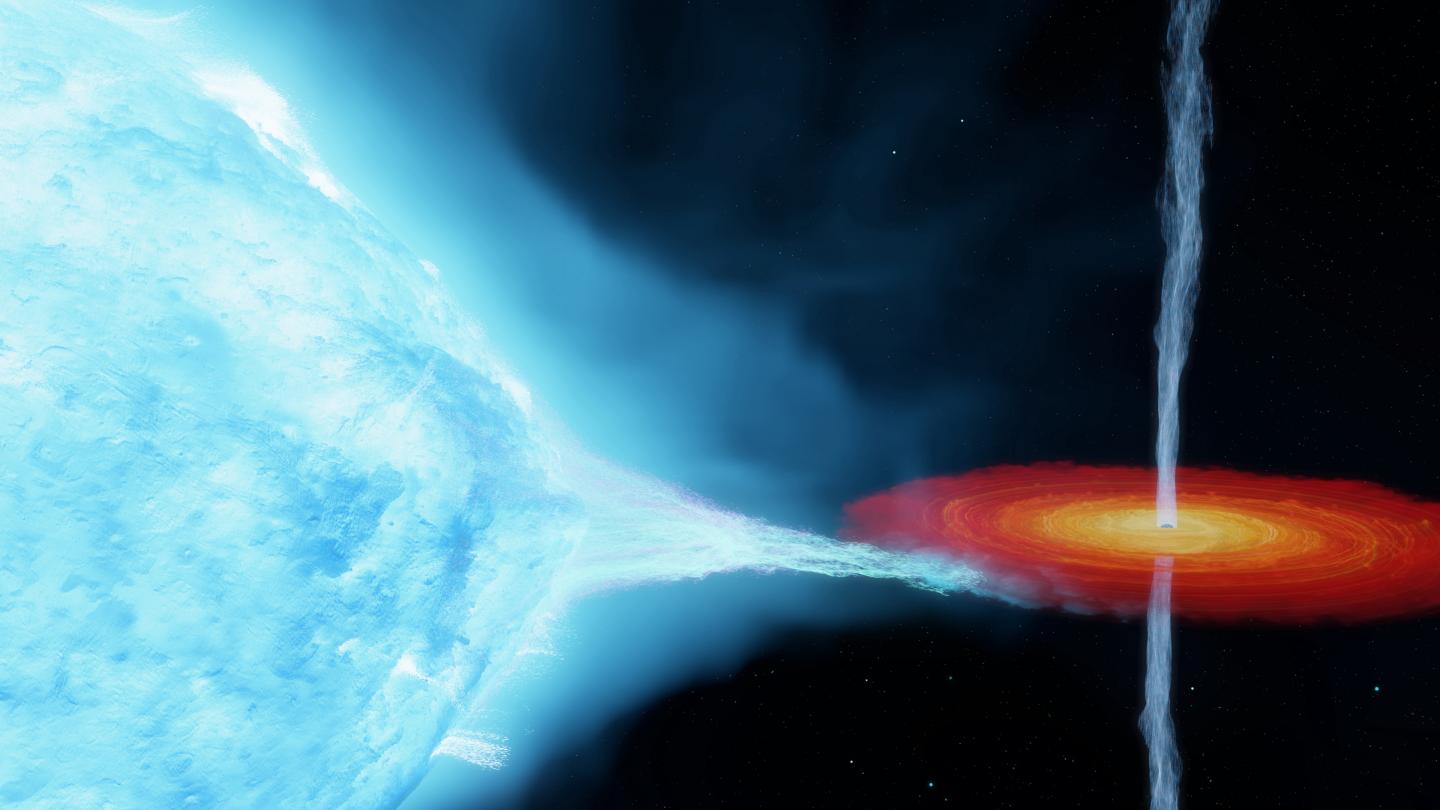First black hole ever found is much more massive than expected, scientists find

Your support helps us to tell the story
From reproductive rights to climate change to Big Tech, The Independent is on the ground when the story is developing. Whether it's investigating the financials of Elon Musk's pro-Trump PAC or producing our latest documentary, 'The A Word', which shines a light on the American women fighting for reproductive rights, we know how important it is to parse out the facts from the messaging.
At such a critical moment in US history, we need reporters on the ground. Your donation allows us to keep sending journalists to speak to both sides of the story.
The Independent is trusted by Americans across the entire political spectrum. And unlike many other quality news outlets, we choose not to lock Americans out of our reporting and analysis with paywalls. We believe quality journalism should be available to everyone, paid for by those who can afford it.
Your support makes all the difference.The first black hole ever detected by scientists is much more massive than previously known, new research has shown.
The Cygnus X-1 has a long history on Earth: it was first spotted in 1964, and became the centre of a famous bet that included Stephen Hawking.
But that history is still being written, as it turns out. New observations have revealed new details about our relatively close neighbour – including that it is further away than we had realised.
The black hole, which is locked in an orbit with a large and luminous star, is about 50 per cent more massive than previously thought, the new research shows. That gives it roughly 21 times the mass our of our own Sun.
While it is still one of the closest-known black holes, they found it is somewhat farther away than previously calculated, at 7,200 light years - the distance light travels in a year, 5.9 trillion miles (9.5 trillion km) - from Earth.
Black holes are extremely dense, with gravitational pulls so ferocious not even light escapes. Some - the “supermassive” black holes - are immense, like the one at our Milky Way galaxy’s center 4 million times the sun’s mass. Smaller “stellar-mass” black holes possess the mass of a single star.
Cygnus X-1 is the Milky Way’s largest-known stellar-mass black hole and among the strongest X-ray sources seen from Earth, said astronomer James Miller-Jones of Curtin University and the International Centre for Radio Astronomy Research in Australia, who led the study published in the journal Science.
This black hole spins so rapidly, nearly light speed, that it approaches the maximum rate envisioned under physicist Albert Einstein’s theory of general relativity, Miller-Jones added.
It devours material blowing from the surface of the companion star it tightly orbits, a “blue supergiant” about 40 times our sun’s mass. It started its existence 4 million to 5 million years ago as a star up to 75 times the sun’s mass and collapsed into a black hole a few tens of thousands of years ago.
The research included data from the Very Long Baseline Array radio telescope comprising 10 U.S. observation stations.
After Cygnus X-1 was first tabbed as a black hole, a wager was made between physicists Stephen Hawking, who bet against it being one, and Kip Thorne, who bet it was. Hawking eventually conceded, owing Thorne a Penthouse magazine subscription.
“Indeed, I did not have any wagers riding on these findings,” Miller-Jones said.
Additional reporting by Reuters

Join our commenting forum
Join thought-provoking conversations, follow other Independent readers and see their replies
Comments